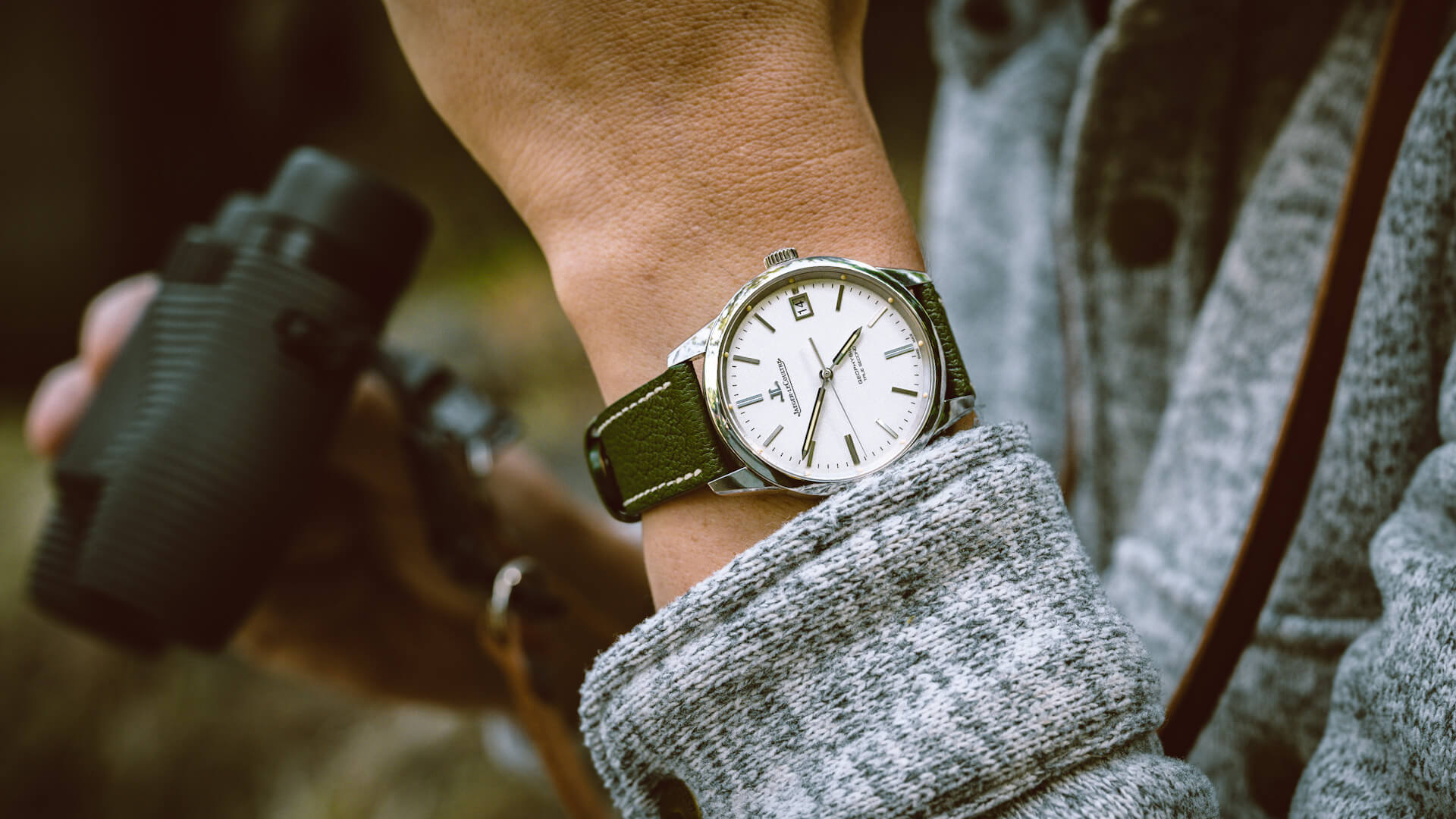 Marin County’s shelter-in-place mandate was formalized at midnight on Thursday, March 19th, 2020. By then, the news cycle around the Covid-19 pandemic had already become a dangerous cocktail of science-based fact and rationale mixed with what we now know to be hysteria-driven clickbait and misinformation. Hiding from the cacophony meant a break from the source of discomfort, but this also meant fully sequestering oneself from even digital contact with the outside world and any steady stream of reliable information, ultimately exiting any real timeline of the madness. Little did I know that I was already grieving the loss of normalcy and human contact. Many grieved the loss of loved ones. In a moment, it was the world who grieved. All of us, at once, together.
Marin County’s shelter-in-place mandate was formalized at midnight on Thursday, March 19th, 2020. By then, the news cycle around the Covid-19 pandemic had already become a dangerous cocktail of science-based fact and rationale mixed with what we now know to be hysteria-driven clickbait and misinformation. Hiding from the cacophony meant a break from the source of discomfort, but this also meant fully sequestering oneself from even digital contact with the outside world and any steady stream of reliable information, ultimately exiting any real timeline of the madness. Little did I know that I was already grieving the loss of normalcy and human contact. Many grieved the loss of loved ones. In a moment, it was the world who grieved. All of us, at once, together.
After returning home on Day Zero with a full tank of gas and enough groceries to last the next few days, I took off the G-Shock I was wearing and set it on my desk. Something about the bristling “end-of-days” capability it implied felt a little too on-the-nose. I started the teakettle and reached back into my safe, popping open my Halliburton watch case and retrieving my Jaeger-LeCoultre Geophysic “True Second.” After a few turns of the crown, it jumped to life. Tick. Tick. Tick.
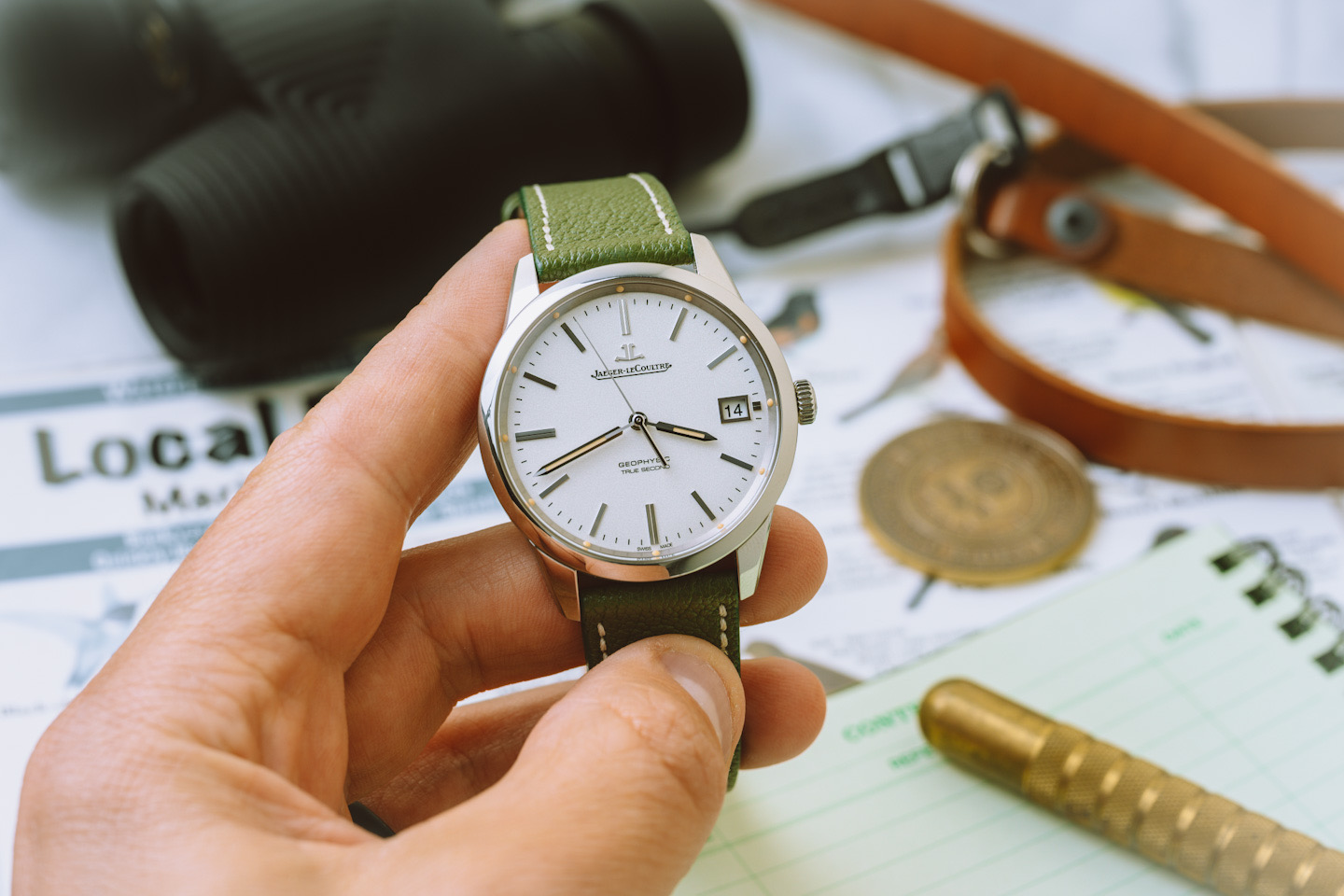 The Geophysic True Second is a rare bird. Not because it is a limited edition of any sort — on the contrary, actually, as it has been in production since its introduction in the Fall of 2015. It is rare because the “deadbeat seconds” complication is a staggeringly uncommon one in modern mechanical watchmaking, particularly at this price point. Austrian independent Habring2 has the Jumping Second Pilot, which is built around an impressively reverse-engineered Valjoux 7750 gear train, but that and the JLC are more or less your only options under $15,000. For true aficionados of the complication, the next logical *ahem* jump is to a Gronefeld, or an A. Lange & Sohne, either of which will set you back an additional $24,000, give or take.
The Geophysic True Second is a rare bird. Not because it is a limited edition of any sort — on the contrary, actually, as it has been in production since its introduction in the Fall of 2015. It is rare because the “deadbeat seconds” complication is a staggeringly uncommon one in modern mechanical watchmaking, particularly at this price point. Austrian independent Habring2 has the Jumping Second Pilot, which is built around an impressively reverse-engineered Valjoux 7750 gear train, but that and the JLC are more or less your only options under $15,000. For true aficionados of the complication, the next logical *ahem* jump is to a Gronefeld, or an A. Lange & Sohne, either of which will set you back an additional $24,000, give or take.
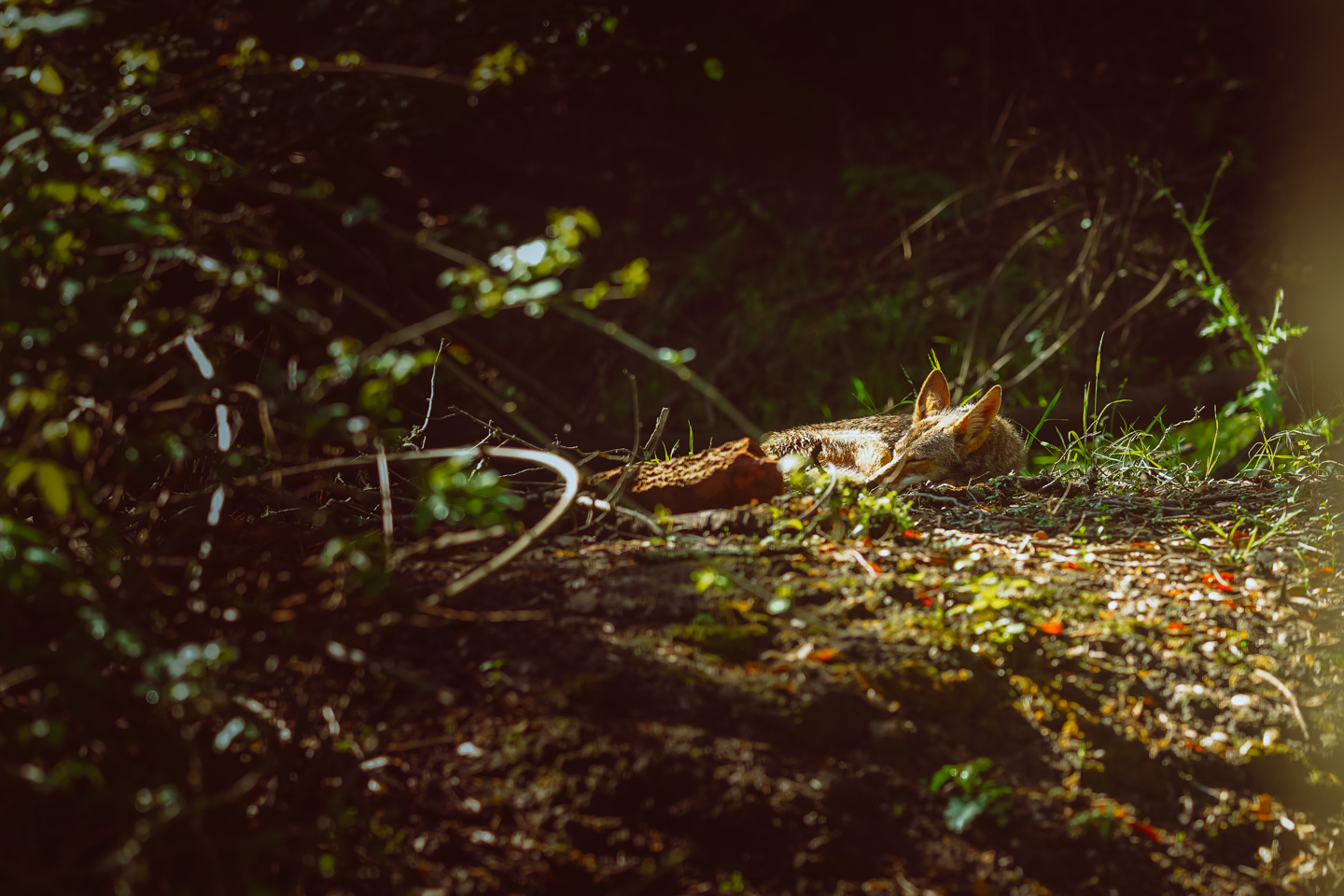 The days quickly started to blend together. It didn’t matter to the world whether or not I dressed or made the bed every morning, but in an effort to establish a sense of normalcy, I did anyway. Grabbing the Geophysic off the nightstand and snapping the deployant clasp shut after completing these mundane tasks became part of the same routine wherein I tried my hand at latte art with oat milk. I fed my hummingbirds. I let a pregnant doe nibble on our rosebushes every afternoon until weeks later she was joined by a wobbly-kneed fawn. One bright morning after a heavy rain, I watched a coyote cautiously emerge from the bramble to snooze in a warm patch of sun. I pulled the fast, cotton-cased road slicks off my Specialized Roubaix bike and swapped them out for fat tubulars with file treads and a bar bag — the perfect setup for long adventure rides into far west Marin. Out of habit, I once switched to a G-Shock for an afternoon hike, but after returning home, its implications still didn’t sit well with the situation at hand. I returned it to the Halliburton and retrieved the Geophysic.
The days quickly started to blend together. It didn’t matter to the world whether or not I dressed or made the bed every morning, but in an effort to establish a sense of normalcy, I did anyway. Grabbing the Geophysic off the nightstand and snapping the deployant clasp shut after completing these mundane tasks became part of the same routine wherein I tried my hand at latte art with oat milk. I fed my hummingbirds. I let a pregnant doe nibble on our rosebushes every afternoon until weeks later she was joined by a wobbly-kneed fawn. One bright morning after a heavy rain, I watched a coyote cautiously emerge from the bramble to snooze in a warm patch of sun. I pulled the fast, cotton-cased road slicks off my Specialized Roubaix bike and swapped them out for fat tubulars with file treads and a bar bag — the perfect setup for long adventure rides into far west Marin. Out of habit, I once switched to a G-Shock for an afternoon hike, but after returning home, its implications still didn’t sit well with the situation at hand. I returned it to the Halliburton and retrieved the Geophysic.
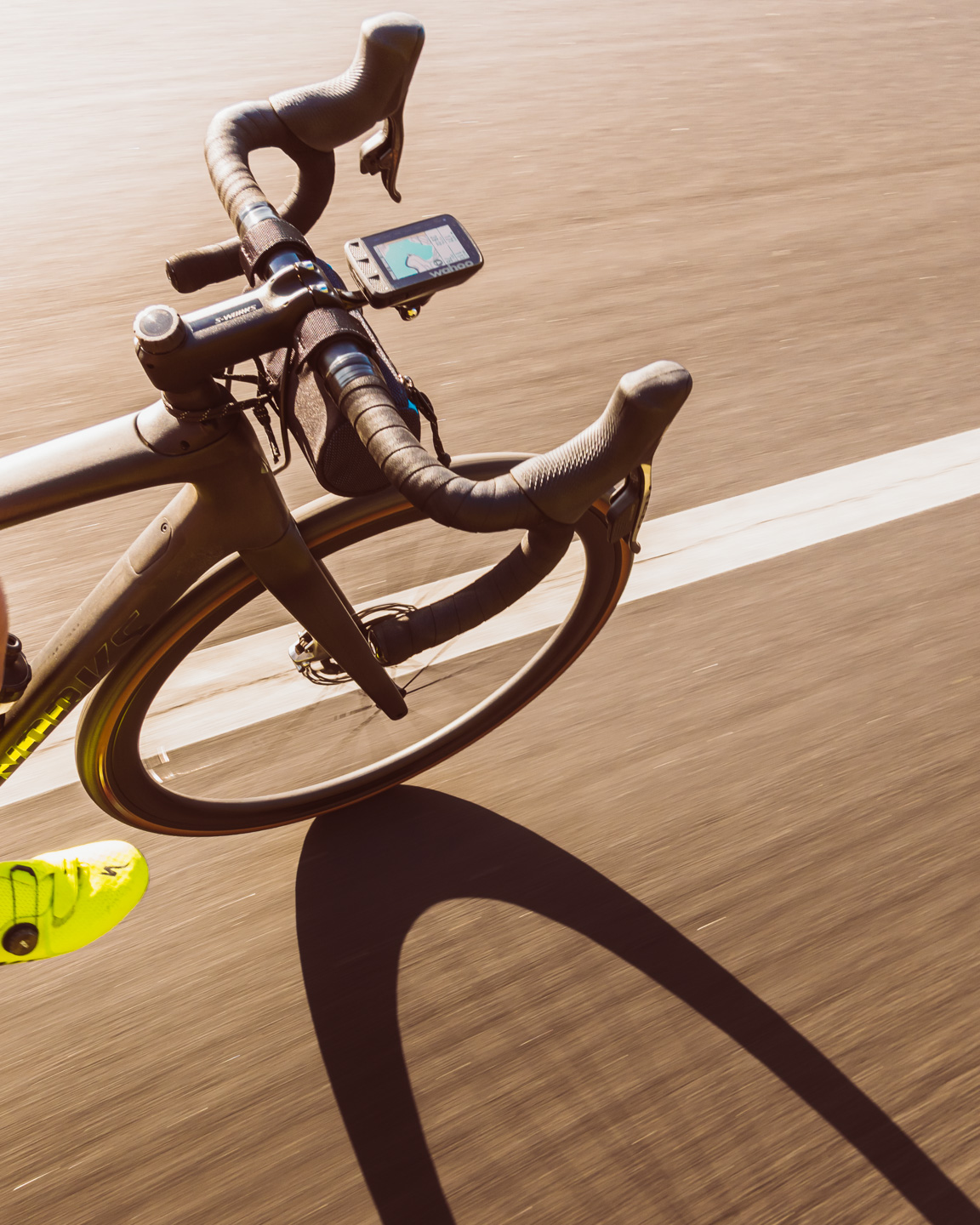
 I’ve always loved the Geophysic’s dial. I mean, how could you not? As the physical expression of the movement beneath, it’s a portrait of simplicity and restraint, but one whose intent is only fully revealed under a loupe. And it’s here, where the striping on the white gold markers, the sharply faceted handset, and smooth graining of the silver dial reflect a deep integrity of design to produce something that can only be appreciated by the wearer. From the details in the dial to the behavior of the movement itself, the Geophysic, as a whole, is a love letter to watch geeks — it is not an outward expression, but an inward one, meant to communicate something very specific to its wearer, and its wearer only.
I’ve always loved the Geophysic’s dial. I mean, how could you not? As the physical expression of the movement beneath, it’s a portrait of simplicity and restraint, but one whose intent is only fully revealed under a loupe. And it’s here, where the striping on the white gold markers, the sharply faceted handset, and smooth graining of the silver dial reflect a deep integrity of design to produce something that can only be appreciated by the wearer. From the details in the dial to the behavior of the movement itself, the Geophysic, as a whole, is a love letter to watch geeks — it is not an outward expression, but an inward one, meant to communicate something very specific to its wearer, and its wearer only.
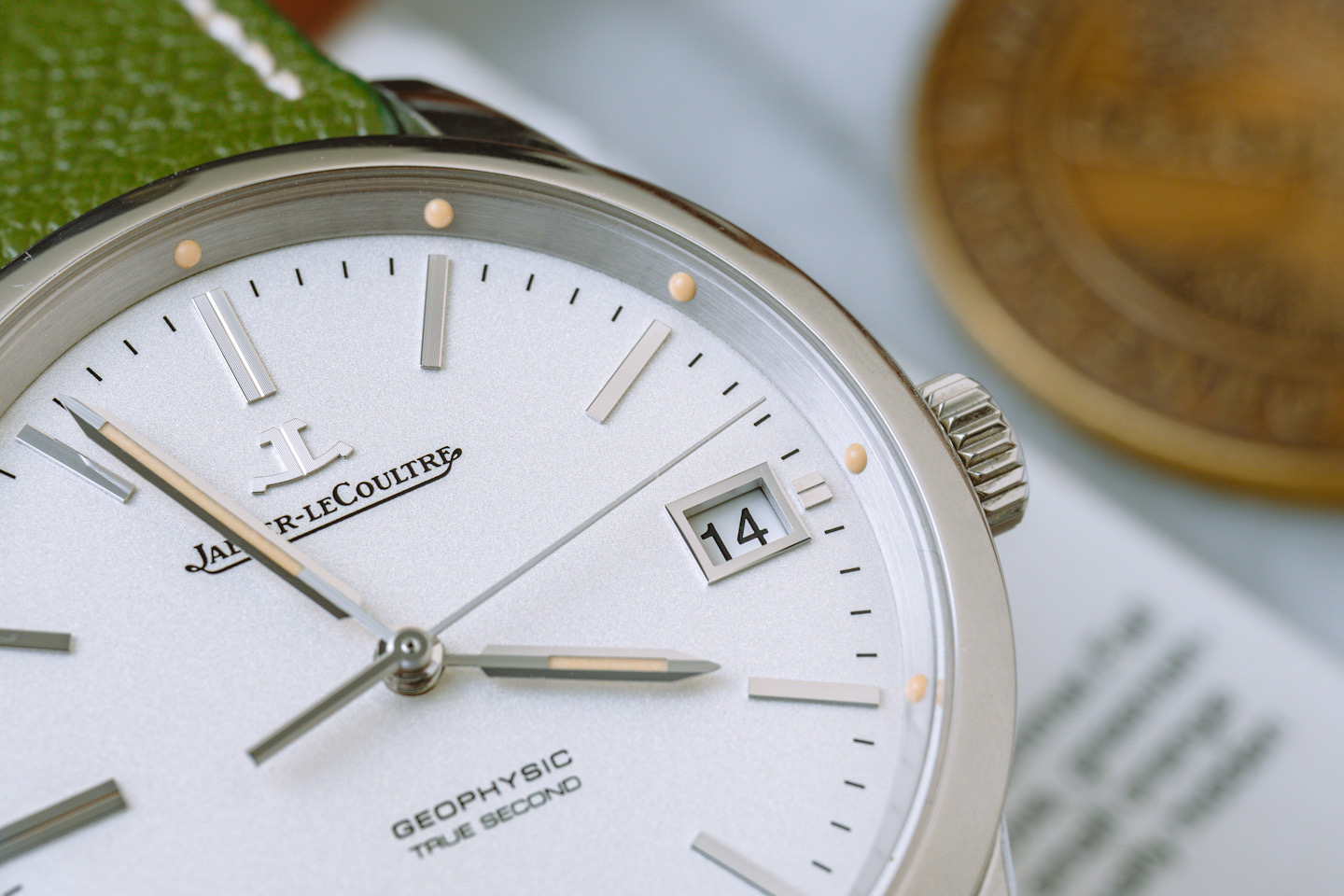 As the weeks went by, I started to notice things. I stopped thinking about my watch box — my daily ritual of agonizing over its contents fading like the memories of standing shoulder-to-shoulder next to the bar on the canal whenever Phil Lesh would show up and play a surprise set, or my favorite Burmese restaurant in the Outer Sunset where the air, thick with spicy pepper and sesame oil hung lazily between tables spaced inches apart. I stopped opening and closing the strap drawer like it were the refrigerator, hoping that I’d somehow missed a leftover wedge of cheese. I started taking more stock of habits that I never found myself able to break. Less was absolutely more at such times. A moment in history when time itself remained important, partially because routine was important, but also because every day needed to count for something — anything, as we inched toward a conclusion that may never come. Ultimately, the aesthetic of time mattered less. It only mattered that friends, family, and neighbors remained healthy as we all did our part to flatten the curve — a duration being measured by a simple watch, reliable and running. Tick. Tick. Tick.
As the weeks went by, I started to notice things. I stopped thinking about my watch box — my daily ritual of agonizing over its contents fading like the memories of standing shoulder-to-shoulder next to the bar on the canal whenever Phil Lesh would show up and play a surprise set, or my favorite Burmese restaurant in the Outer Sunset where the air, thick with spicy pepper and sesame oil hung lazily between tables spaced inches apart. I stopped opening and closing the strap drawer like it were the refrigerator, hoping that I’d somehow missed a leftover wedge of cheese. I started taking more stock of habits that I never found myself able to break. Less was absolutely more at such times. A moment in history when time itself remained important, partially because routine was important, but also because every day needed to count for something — anything, as we inched toward a conclusion that may never come. Ultimately, the aesthetic of time mattered less. It only mattered that friends, family, and neighbors remained healthy as we all did our part to flatten the curve — a duration being measured by a simple watch, reliable and running. Tick. Tick. Tick.
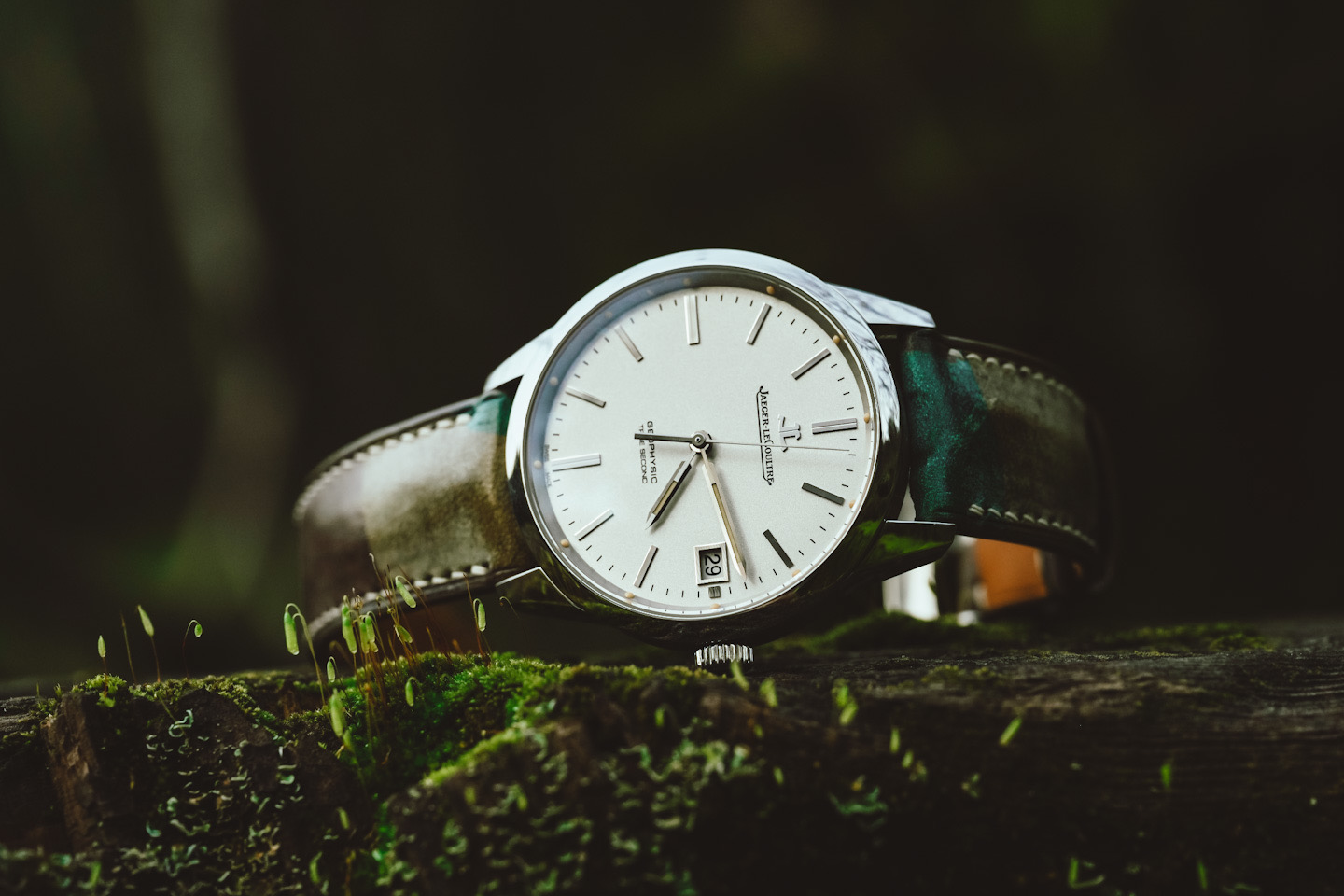 Unlike the dial, which I’ve always found easy to love, I didn’t fully appreciate the many subtle complexities of the Geophysic’s case until I handled a Polaris. In a similar manner, its short, sculpted lugs appear to be stretching the dial width to its absolute maximum before terminating in stubby, but sharp downward pointing angles. Its lines are restrained and elegant, while simultaneously sporty and aggressive — just as the prototypical mid-century tool watches once were. “But does it bother you that it ticks like a quartz watch?” It’s a question I’ve grown all-too accustomed to answering. What the inquirer is really asking is, “Does it bother you that this expensive thing could be easily mistaken for something very cheap?” The question, in and of itself, is both complicated and simultaneously revealing because, if you have to ask, this watch isn’t for you. Generally speaking, most luxury watches belong in one of two camps: watches you wear “for them,” and watches you wear “for you,” and the Geophysic True Second is without question the latter.
Unlike the dial, which I’ve always found easy to love, I didn’t fully appreciate the many subtle complexities of the Geophysic’s case until I handled a Polaris. In a similar manner, its short, sculpted lugs appear to be stretching the dial width to its absolute maximum before terminating in stubby, but sharp downward pointing angles. Its lines are restrained and elegant, while simultaneously sporty and aggressive — just as the prototypical mid-century tool watches once were. “But does it bother you that it ticks like a quartz watch?” It’s a question I’ve grown all-too accustomed to answering. What the inquirer is really asking is, “Does it bother you that this expensive thing could be easily mistaken for something very cheap?” The question, in and of itself, is both complicated and simultaneously revealing because, if you have to ask, this watch isn’t for you. Generally speaking, most luxury watches belong in one of two camps: watches you wear “for them,” and watches you wear “for you,” and the Geophysic True Second is without question the latter.
Predictably, and like clockwork every two weeks, the shelter mandate was extended by another two weeks. “Mid-April” first became “late April.” April became May, then May became June. And what lies beyond June remains anyone’s guess, though it’s quite safe to assume that the routine that settled in after the first few weeks is looking a lot like a sneak preview of the summer of 2020 for many of us in the United States. I grew a “quarantine mustache” as a silly measuring stick of sorts with some friends, but the joke had run its course by week six. I shaved it off.
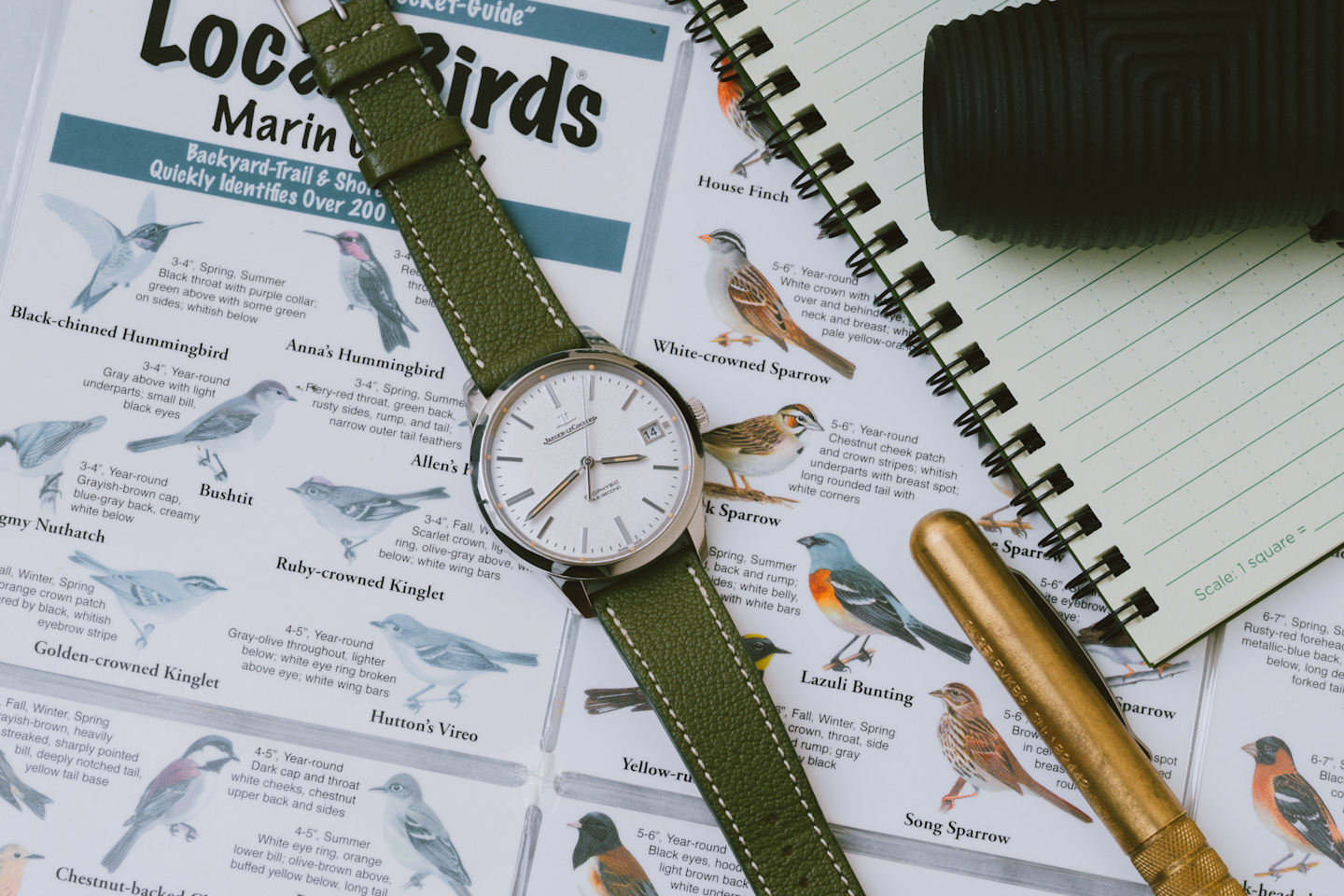 The Geophysic doesn’t just “tick like a quartz” watch, though. To understand its functional design intent, you have to first understand the period after which it was named: specifically, the International Geophysical Year in 1958, an era defined by the concerted exploration and study of a number of key earth sciences (gravity, oceanography, meteorology, and seismology, just to name a few) on a global level, with over 60 countries pooling knowledge and resources toward the collaborative aim of better understanding the planet. During this unique period in history, the availability of precise, accurate timekeeping instruments upon which researchers could depend for synchronization or various time-related measurements (particularly in navigation, where exact demarcations of each second are required) was paramount. But I’m not studying geomagnetism and how it pertains to the migratory instincts of the flycatchers that are building nests in the fragrant eucalyptus at the edge of the yard. I’m perched on my steps, binoculars in one hand, KSA Kölsch in the other, bathing in the early evening’s warm glow as I wait for the family of quail to make the rounds. Even without making eye contact with my wrist, I can hear each second being announced between the four-hertz oscillation of the automatic movement. As many of these moments soon blended into each other, I began to realize that the watch on my wrist wasn’t just displaying a specific time when called upon; it was quite literally telling the time, audibly articulating its passage, second after second, minute after minute. And though I did not feel the movement of time between the many days spent at home, I witnessed its movement with my eyes and with my ears. And for three months, this was good enough. Tick, tick, tick.
The Geophysic doesn’t just “tick like a quartz” watch, though. To understand its functional design intent, you have to first understand the period after which it was named: specifically, the International Geophysical Year in 1958, an era defined by the concerted exploration and study of a number of key earth sciences (gravity, oceanography, meteorology, and seismology, just to name a few) on a global level, with over 60 countries pooling knowledge and resources toward the collaborative aim of better understanding the planet. During this unique period in history, the availability of precise, accurate timekeeping instruments upon which researchers could depend for synchronization or various time-related measurements (particularly in navigation, where exact demarcations of each second are required) was paramount. But I’m not studying geomagnetism and how it pertains to the migratory instincts of the flycatchers that are building nests in the fragrant eucalyptus at the edge of the yard. I’m perched on my steps, binoculars in one hand, KSA Kölsch in the other, bathing in the early evening’s warm glow as I wait for the family of quail to make the rounds. Even without making eye contact with my wrist, I can hear each second being announced between the four-hertz oscillation of the automatic movement. As many of these moments soon blended into each other, I began to realize that the watch on my wrist wasn’t just displaying a specific time when called upon; it was quite literally telling the time, audibly articulating its passage, second after second, minute after minute. And though I did not feel the movement of time between the many days spent at home, I witnessed its movement with my eyes and with my ears. And for three months, this was good enough. Tick, tick, tick.
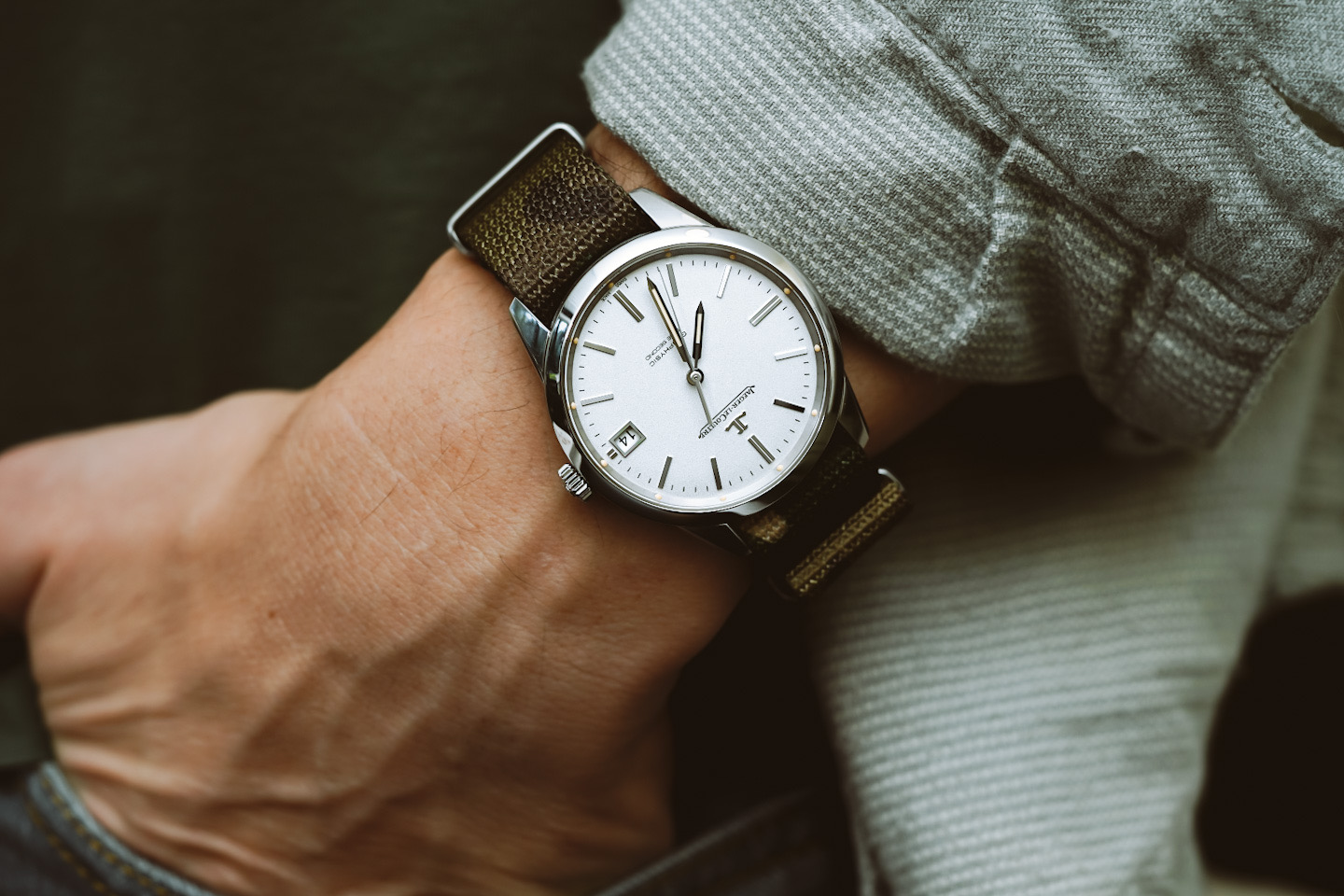 I got to know my neighbors. To be fair, we’ve always been cordial, but our daily check-ins became the only human contact any of us would have for weeks on end. A conversation about the weather here, a cup of sugar for the hummingbirds and an extra pineapple there. I started making chicken soup on a weekly basis, making sure there was enough for all three households. The first batch was excellent. The second batch was terrible, but no one complained. Ellen is a longtime human resources professional whose hours had just been slashed by her employer. She is studying to be a meteorologist on the side, just because. Jonathan is a Native American and a Vietnam War veteran — one of the Marines’ earliest Force Recon operators who would later apprentice under the legendary San Francisco photographer Jim Marshall. On a cloudy day in April, I used a long lens to shoot his portrait as he stood on the steps of his porch wearing Apache regalia. “Make me look old,” he asked. “…And make it like a grainy black-and-white photograph.” I did my best.
I got to know my neighbors. To be fair, we’ve always been cordial, but our daily check-ins became the only human contact any of us would have for weeks on end. A conversation about the weather here, a cup of sugar for the hummingbirds and an extra pineapple there. I started making chicken soup on a weekly basis, making sure there was enough for all three households. The first batch was excellent. The second batch was terrible, but no one complained. Ellen is a longtime human resources professional whose hours had just been slashed by her employer. She is studying to be a meteorologist on the side, just because. Jonathan is a Native American and a Vietnam War veteran — one of the Marines’ earliest Force Recon operators who would later apprentice under the legendary San Francisco photographer Jim Marshall. On a cloudy day in April, I used a long lens to shoot his portrait as he stood on the steps of his porch wearing Apache regalia. “Make me look old,” he asked. “…And make it like a grainy black-and-white photograph.” I did my best.
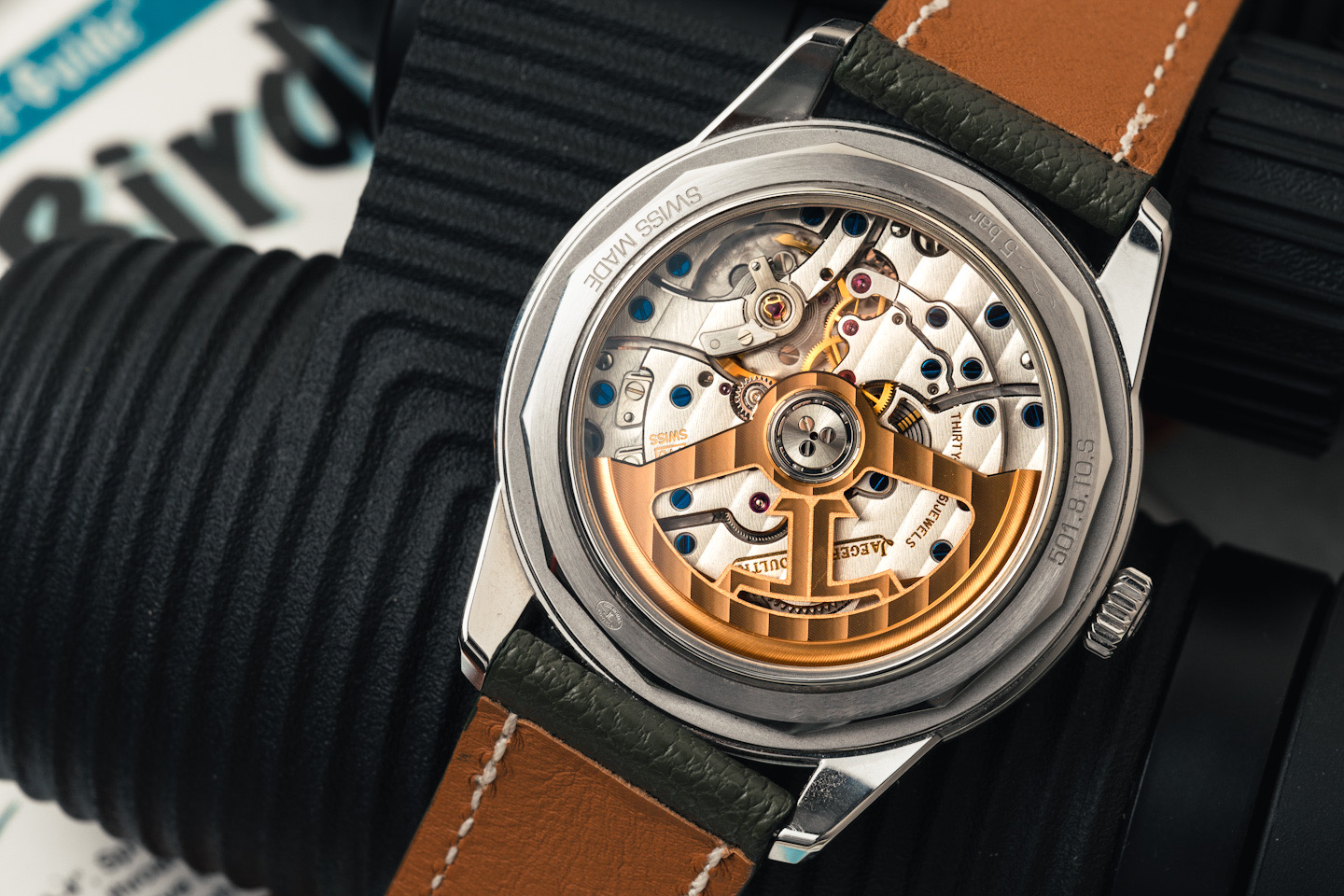 Flip the Geophysic True Second over to be treated to a jarring contrast in complexity: This is the exquisitely finished Calibre 770, an automatic movement that goes to great pains to make the seconds hand strike each marker, 60 times per minute, theoretically enabling its wearer to record or synchronize a specific time, right down to the exact second. The movement is also equipped with JLC’s then-new Gyrolab balance, which is engineered around an unusual, open-ended shape (visually, it was designed to look a bit like the JLC logo) to reduce air friction, theoretically mitigating energy loss and preserving the watch’s long-term accuracy when compared to a traditional circular balance. Granted, I’m neither scientist nor picky about accuracy, but I appreciate what this watch represents on a spiritual level: the pursuit of knowledge as it pertains to our physical world and the long traditions of haute horlogerie all wrapped up in a deceptively simple, uncomplicated package. And on a functional level, I also quite appreciate the fact that the calibre features an independently adjustable hour hand, making for a neat travel watch — which will again, presumably, come in handy, should we ever return to the skies.
Flip the Geophysic True Second over to be treated to a jarring contrast in complexity: This is the exquisitely finished Calibre 770, an automatic movement that goes to great pains to make the seconds hand strike each marker, 60 times per minute, theoretically enabling its wearer to record or synchronize a specific time, right down to the exact second. The movement is also equipped with JLC’s then-new Gyrolab balance, which is engineered around an unusual, open-ended shape (visually, it was designed to look a bit like the JLC logo) to reduce air friction, theoretically mitigating energy loss and preserving the watch’s long-term accuracy when compared to a traditional circular balance. Granted, I’m neither scientist nor picky about accuracy, but I appreciate what this watch represents on a spiritual level: the pursuit of knowledge as it pertains to our physical world and the long traditions of haute horlogerie all wrapped up in a deceptively simple, uncomplicated package. And on a functional level, I also quite appreciate the fact that the calibre features an independently adjustable hour hand, making for a neat travel watch — which will again, presumably, come in handy, should we ever return to the skies.
 But then something happened in late May. It happened after a custom leather strap I’d ordered for a different watch prior to the quarantine period finally arrived, and in trying it on said other watch over the course of a weekend, the Geophysic’s meager 38-hour reserve ran dry. The ticking stopped. For nearly three months, its reassuring hum had been my constant, simultaneously offering clarity in its patterned simplicity. I paused in front of my desk where it patiently lay idle, debating whether or not I should wind it back up. For a moment, it felt as though time itself had also stopped. I closed the drawer, instead, taking its stoppage as prophesy that I, along with the world outside would be ready for change — precipitously, as it were, despite not yet arriving at any formal conclusion to the shelter mandate. We were all Chilean miners, finally rescued months after a cave-in but forced to prolong the blackness, wearing dark sunglasses even after our emergence from the gloom.
But then something happened in late May. It happened after a custom leather strap I’d ordered for a different watch prior to the quarantine period finally arrived, and in trying it on said other watch over the course of a weekend, the Geophysic’s meager 38-hour reserve ran dry. The ticking stopped. For nearly three months, its reassuring hum had been my constant, simultaneously offering clarity in its patterned simplicity. I paused in front of my desk where it patiently lay idle, debating whether or not I should wind it back up. For a moment, it felt as though time itself had also stopped. I closed the drawer, instead, taking its stoppage as prophesy that I, along with the world outside would be ready for change — precipitously, as it were, despite not yet arriving at any formal conclusion to the shelter mandate. We were all Chilean miners, finally rescued months after a cave-in but forced to prolong the blackness, wearing dark sunglasses even after our emergence from the gloom.
The goats are back, dotting our tinder-dry hillsides to help manage vegetation growth ahead of fire season. Baby jays squawk from the leaves above my kitchen. The fawns are starting to lose their bright white spots. Summer is imminent. I’ve just made an appointment with my barber, who’ll be among the very last to be allowed to resume business. The police tape and orange cones haphazardly cordoning off park benches, trailhead turnouts, and shoreline parking lots across the county have been quietly disappearing. Northern California is slowly filling in its outline with the vivid colors we once knew. But I’m still buying groceries once a week. Still never far from a pocket-sized bottle of hand sanitizer. Still going on long, head-clearing rides into far west Marin. What was once a frightening new reality quickly settled into routine, and what we now wistfully define as the “new normal.” In many ways, everything has changed, while time itself remains just as it always was. Tick. Tick. Tick.
For more on the Jaeger-LeCoultre Geophysic True Second, visit jaegerlecoultre.com.


